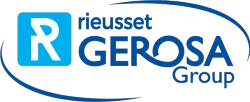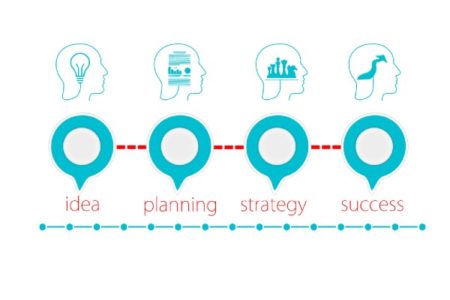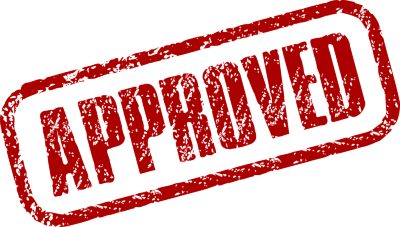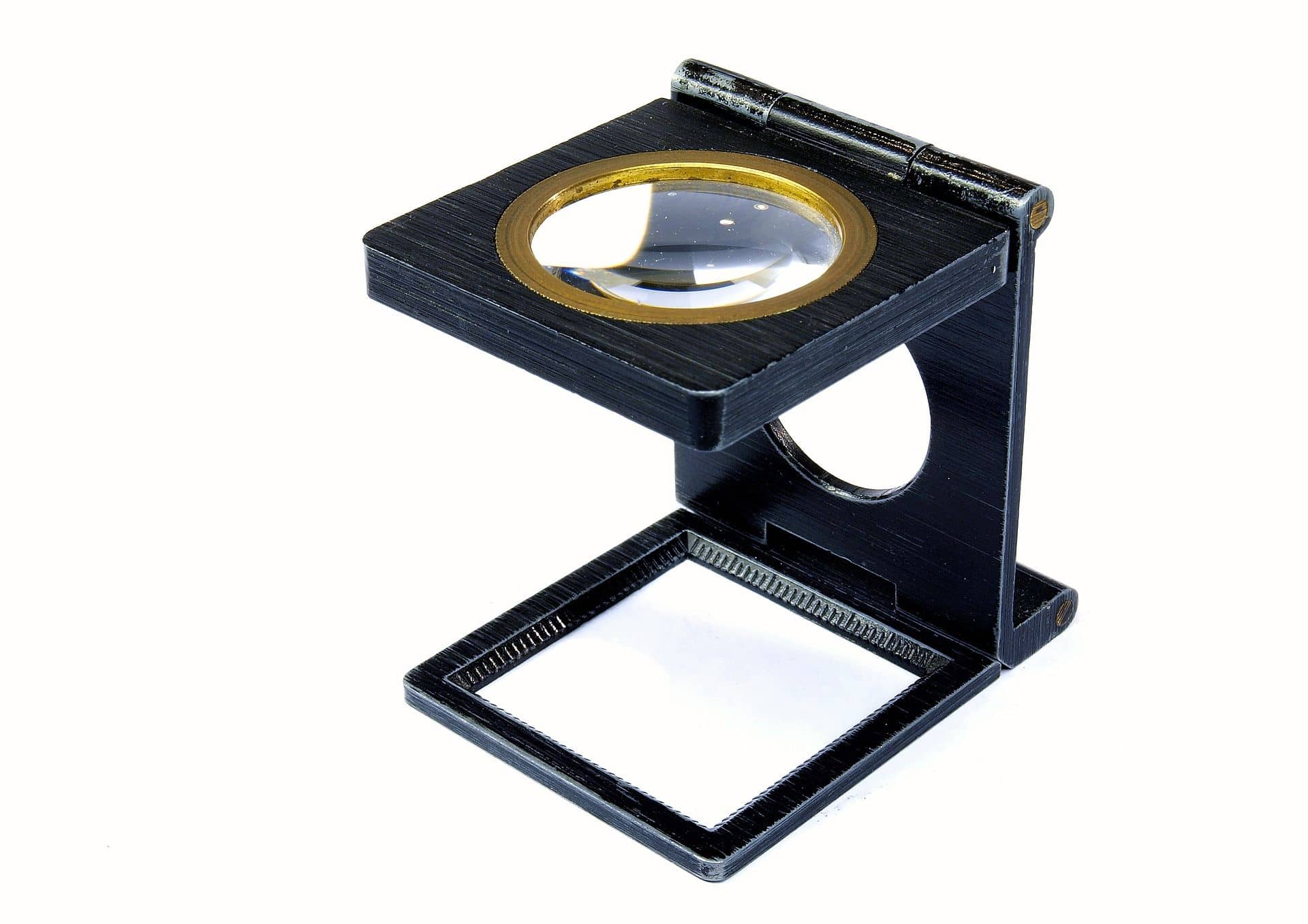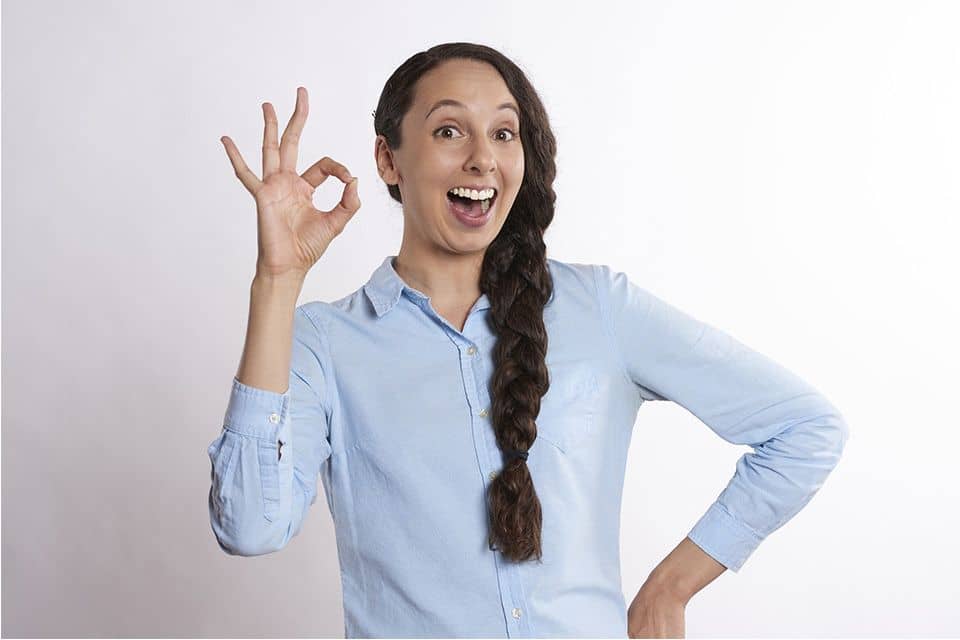
11 Dec Design approval
In the past we have talked about how product design is created to attract the consumer’s attention (How to design packaging that will make the consumer fall in love or How the color of packaging influences the decision to buy, among others), but today we want to tell you about the steps involved in reproducing these designs as exactly as possible with regard to the original design – and stay that way in spite of being printed at different times.
Keep in mind that advertising campaigns are designed with the objective – to put it simply – of increasing sales, but such campaigns are later run with products that can be packed in or labeled on different media (film, paper or cardboard) and they can be printed using different technologies (rotogravure, flexography, offset or digital). How do we maintain the same aspect regardless of all of this?
You can imagine that it is not easy, and despite our best efforts to do a thorough job, the different printing technologies and the different media produce – although this may sound redundant – visible differences.
For this reason, design approvals play an important part.
Preparing the job
Everything starts with the design that the customer provides us with. Sometimes we receive the design sample, but on other occasions we receive a sample of what is already on the market.
When we receive the information directly from a designer it is usually quite complete. Based on this, which we call “final arts”, we start working on being able to reproduce it on our rotogravure machines. We check:
· the images
· the colors
· the gradients
· the text
· the dimensions, and
· we even try to anticipate possible problems that may arise during printing
This last point is very important since our precision regarding what the customer asks of us for the first printing as well as for the following ones depends on it. During this first step we generate a pdf file for client approval.
Once we have client approval, sometimes after retouching several times, we can go on to the second phase. In it we:
· apply the trapping
· work on the images, and
· make the color separation
After this process, during which we obtain a file – habitually in Artpro – we go on to the photo mechanic and mounting phase where we:
· mount the design
· apply the markings we need for the industrial process
· do the ripping, and
· apply the engraving curves so as to be able to engrave the cylinders with which we will print the design
Client approval
Once we have the medium on which we are going to print, the inks and of course the cylinders, we agree on a date on which to do the approval with the client. If the client decides not to come to Rieusset, we go ahead with the approval anyway. In this case it is that client’s sales manager – who knows what the client wants – with the help of the pre-printing and printing managers who do the approval.
When the client arrives we are always ready with the job already on the machine and a first sample on hand so that he may evaluate it. From there, and depending on the client, the dance of “increase this color, lower that one, be careful with the register, etc.” begins.
If the job was done right by both parties from the start, approval is a quick process, ending with the signature of the approved sample which will serve as a reference for future productions.
At this point it is important to mention that we always look at the samples under a normalized daylight source (D50 -5.000°K- or D65 -6.500°K) since otherwise, an approved sample could look different on the day that the client receives the order in his installations.
But what if the work was not done right?
That’s when the approval time becomes longer, waste increases, and depending on the limit to which the printing was taken, the design could even be condemned for future productions: less speed, more waste and more difficulty in keeping the design stable with the corresponding claim risk.
What affects an approval and makes it not go well?
There may be several things but we will point out only a few of them.
The first one, which unfortunately happens more often than it may seem, is that on the day of the approval, color samples appear that have never have been presented before. If this happens, the person coming for the approval will most likely go away dissatisfied because he did not get what he was looking for. Perhaps we get close to the color but the price for this will be loss of future machine efficiency, since the cylinders are not engraved for this sample that has appeared at the last minute. Or perhaps we may have to pull the job from the machine and re-engrave the correct cylinders for this new sample. This last case would oblige us to repeat the approval at another time. Personally, I think that this step is many times more recommendable than trying to force getting a sample at any cost.
Another of the cases that does not help approvals go well is when the person who comes to do the approval does not have the necessary criteria or does not have decision-making capacity. Many times this makes us go around the approval process in circles only to end up where we started from – although this generates a lot of wasted time and material, we often accept it because this way the client goes away satisfied. But what surprises us over and over again, in spite of having seen it many times, is when people send photos to be validated by their head office! This amazes us because when taking a photograph the light is not the correct one, the mobile phone screens – of the person taking the photo and that of the person receiving it – are surely not calibrated, and this leads us to conclude that the color that is printed looks nothing like the color seen by the person who receive the image.
As you can see, approvals are not as simple as they appear.
Standardization
The sample that is approved and therefore signed by the client is obtained under standard manufacturing conditions. What we want to say with this is that together with the sample, the machine’s working conditions are established so as to be able to repeat this job in the future. Should the conditions vary, as may be the case when wanting to increase the manufacturing speed, then a new validation of the working conditions must be made, but without ever varying the sample.
If the sample should become damaged in Rieusset we have a procedure for obtaining a new sample that is the same as the signed one. This new sample is also sent to the client.
Finally, we would like to comment that as set out in Rieusset’s printing procedures, the color of each reel produced is checked via the operators’ self-monitoring processes, in order to assure that they are within the color deviations (ΔE) established in the specifications with the client. This way we guarantee the the client always receives the quality that he has approved.
I hope that you have liked this post, and that if you are customers you are satisfied with how we work to always guarantee the highest quality contracted. Please write us and let us know your comments.
| We Manufacture: | Meet Rieusset: |
